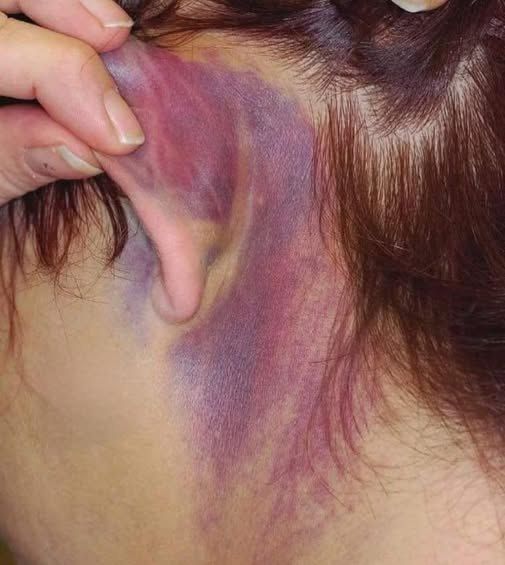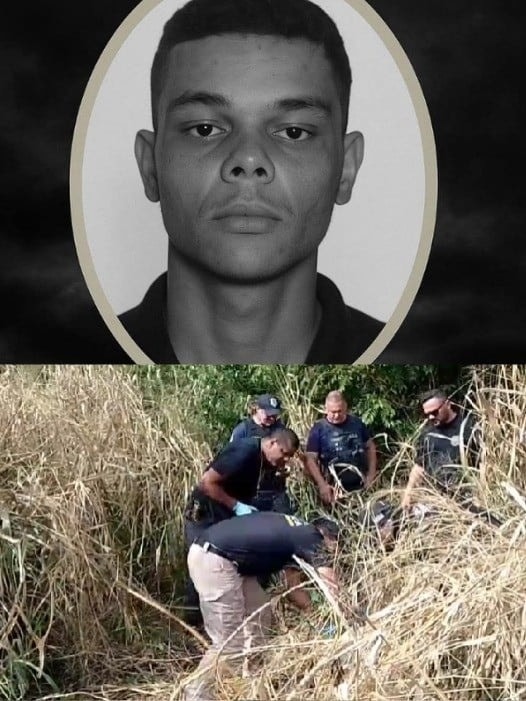A bump on the head might not seem like a big deal—until it is. That innocent-looking bruise behind the ear? It could be a red flag for something far more dangerous: a skull fracture. This is known as Battle’s Sign, and recognizing it could save a life.
When a “Minor” Blow Isn’t So Minor
After a head injury, it’s easy to shrug things off—no bleeding, no loss of consciousness, everything seems fine. But not all damage is visible. Some warning signs are silent and subtle, yet signal serious internal trauma.
One of the most important signs to watch for is Battle’s Sign: a bruise that forms just behind the ear, over the mastoid bone. It may look like just a skin-deep injury, but in reality, it can point to a basilar skull fracture—a break at the base of the skull, dangerously close to vital brain structures.
What Exactly Is Battle’s Sign?
Battle’s Sign is a medical red flag. It appears hours after a head injury as a dark, clearly defined bruise behind one or both ears. This bruising is often a sign of internal bleeding near the base of the skull.
Another potential warning sign? “Raccoon eyes”—bruising around the eyes. When these symptoms show up, it’s not just cosmetic—it’s a call to action.
If You Spot Battle’s Sign, Act Fast
Don’t wait. Don’t assume it will go away on its own. If you or someone else develops bruising behind the ear after a head injury, seek emergency medical care immediately. Quick intervention can prevent permanent brain damage—or even save a life.
Why It Should Never Be Ignored
A fracture at the base of the skull can lead to serious complications: brain hemorrhage, infection, increased pressure inside the skull, and even long-term neurological damage. Battle’s Sign doesn’t show up often—but when it does, it’s a sign that something serious is happening inside.
Bottom Line: Know the Sign, Save a Life
A seemingly harmless fall can have hidden consequences. Battle’s Sign and raccoon eyes aren’t just bruises—they’re warning signals. If you notice either, don’t take chances. Get medical help right away.


